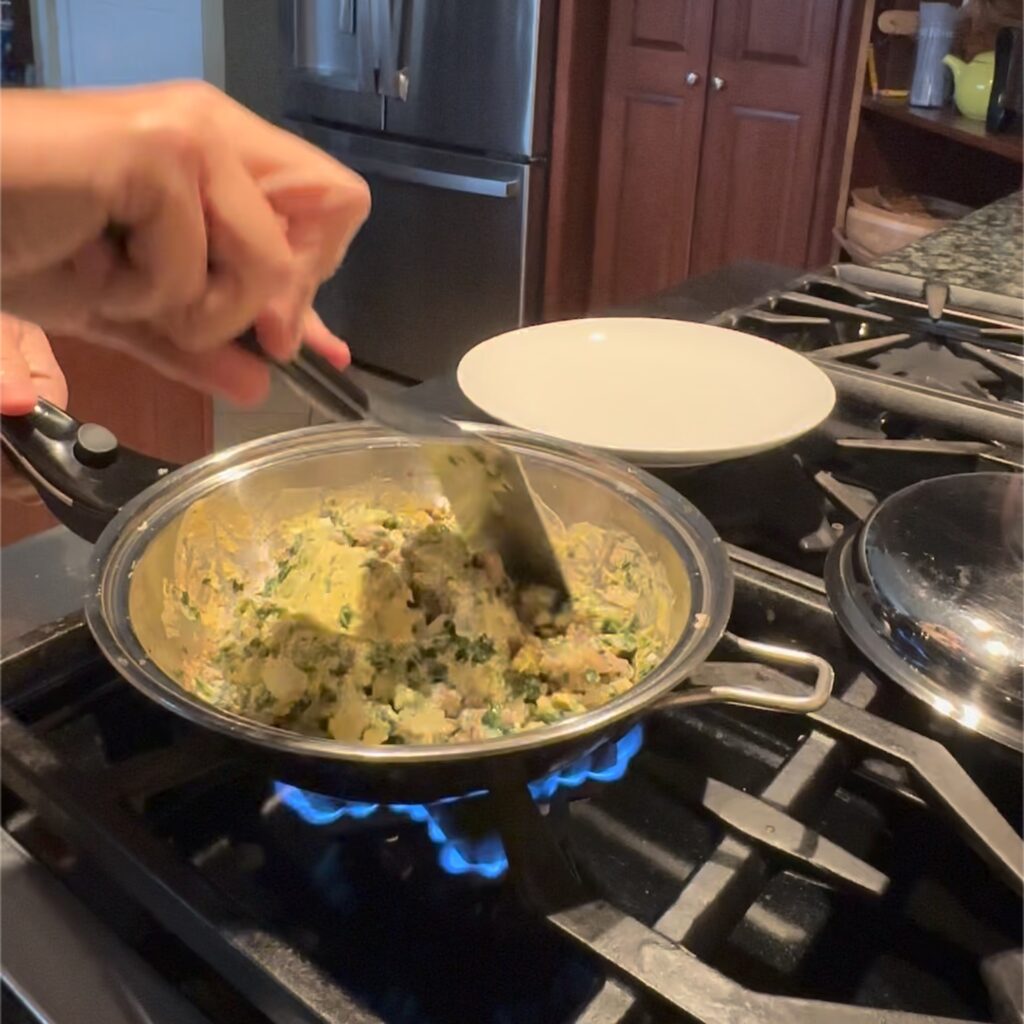Waterless cooking is not just a culinary technique; it’s a lifestyle choice that aligns with holistic wellness, sustainability, and mindful living. Imagine preparing your meals while preserving maximum nutrients, flavor, and using minimal resources. Welcome to the art and science of waterless cooking.
What is Waterless Cooking?
Waterless cooking is a method that utilizes the natural moisture within foods, allowing them to cook in their own juices. This technique involves using specially designed cookware with a tight-sealing lid to minimize evaporation, thus requiring little to no added water. It’s a revolutionary approach that promises delicious, nutritious, and eco-friendly meals.
Benefits of Waterless Cooking
- Nutrient Preservation: Traditional cooking methods often leach out essential vitamins and minerals. Waterless cooking retains these nutrients, ensuring your meals are as healthy as they are tasty.
- Enhanced Flavor: Cooking in their own juices allows foods to retain their natural flavors, resulting in richer, more aromatic dishes.
- Eco-Friendly: By using less water and energy, waterless cooking supports environmental sustainability.
- Efficiency: This method reduces cooking times and energy consumption, making meal preparation quicker and more efficient.
How Does Waterless Cooking Work?
The secret to waterless cooking lies in the design of the cookware. Here’s a step-by-step guide to help you get started:
Step 1: Choose the Right Cookware
Invest in high-quality, stainless-steel cookware specifically designed for waterless cooking. These pots and pans come with tight-fitting lids that create a seal to lock in moisture and heat.
Step 2: Prepare Your Ingredients
Wash and chop your vegetables, meats, and other ingredients as you normally would. Arrange them in the cookware, layering denser items at the bottom and lighter ones on top.
Step 3: Start the Cooking Process
Begin cooking on medium heat. As the food heats up, natural moisture will be released, creating steam. Once the lid starts to form a seal and the steam valve begins to click, it’s time to lower the heat.
Step 4: Monitor and Adjust
Maintain a low temperature to prevent excessive evaporation. If the valve continues to click, lower the heat even further. This gentle steaming process ensures your food cooks evenly without the need for added water.
Special Considerations for Different Foods
While waterless cooking is versatile, certain foods may require slight adjustments:
Grains and Beans
Grains and beans are typically dehydrated and need some water to cook properly. Follow traditional water-to-grain ratios but use the waterless cooking method for the rest of the meal.
Dry Vegetables
Vegetables like broccoli, yams, and potatoes may need a few tablespoons of water to prevent sticking and ensure even cooking. Add these small amounts at the beginning.
Maintaining Proper Temperature
One of the keys to successful waterless cooking is temperature control. If the heat is too high, water can still evaporate, and the valve will continue to click. Adjust the heat as necessary to maintain a gentle steam.
Embrace the Journey of Waterless Cooking
Transitioning to waterless cooking is not only a step towards healthier eating but also a commitment to a more sustainable lifestyle. It’s about embracing a mindful approach to food preparation that honors the natural qualities of your ingredients and cares for the planet.
Incorporate this method into your daily routine and discover the joy of creating meals that nourish your body and soul. Whether you’re a seasoned home cook or just starting your culinary journey, waterless cooking offers a path to wholesome, delicious, and eco-friendly dining.
Remember, every small step towards more conscious cooking practices brings you closer to a healthier, happier, and more sustainable life. Happy cooking!

